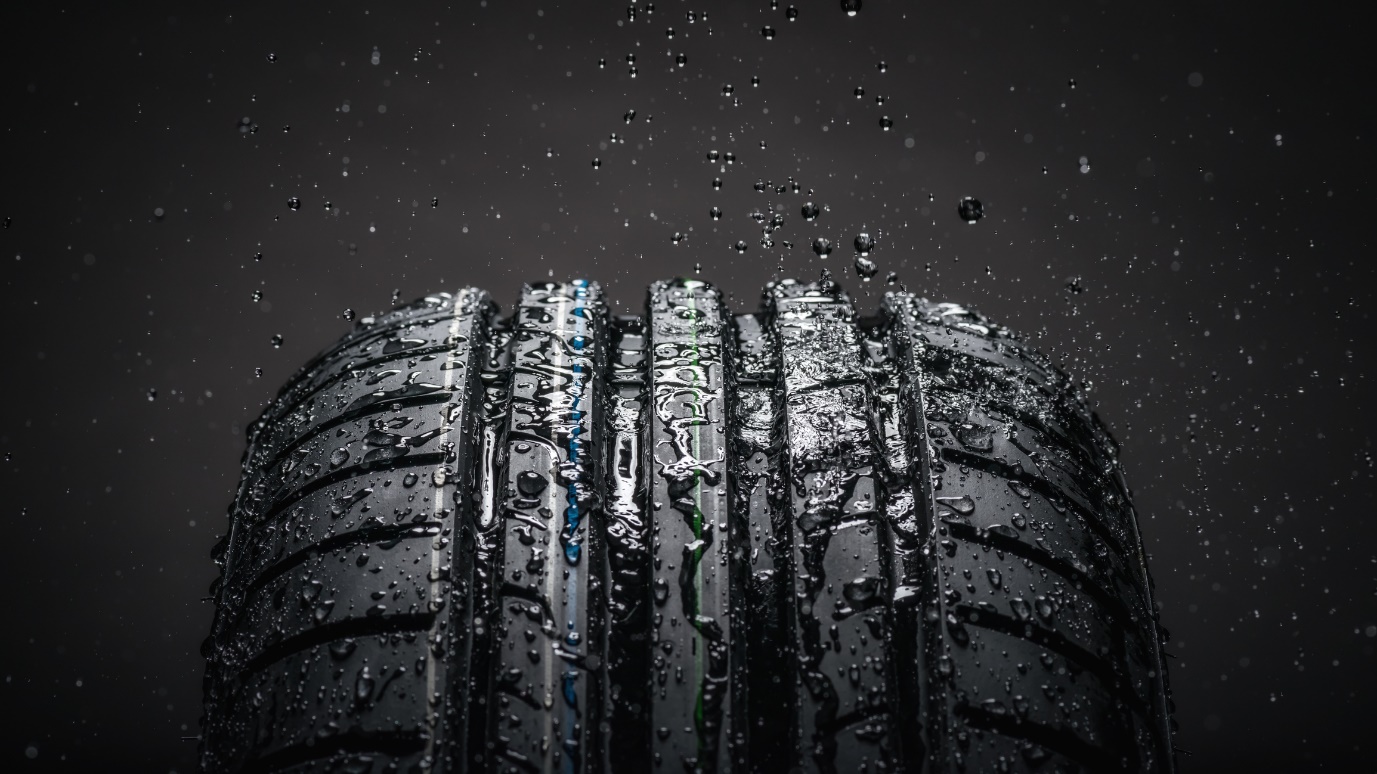What is a run flat tyre?
Author Name –
Jack Underwood
03 Oct 2019
11 people

Run flat tyres bring freedom to drivers. Their specially reinforced sidewalls make it possible to drive safely on a punctured tyre for 50 miles, at speeds of up to 50mph. Although most cars are still fitted with standard tyres, run flat tyres are now fitted as standard in many cars, including those manufactured by BMW and Mini.
You can check if you have run flat tyres on your car by looking at your tyre sidewalls or checking the boot of your car – if there’s no spare tyre there, it’s likely that your car is fitted with run flats.
Run flat tyres have stronger sidewalls than regular car tyres, meaning that you can drive on them when they have punctures for up to 50 miles (provided you stay slow, typically beneath 50mph). Run flat tyres also often come with an electronic warning system (or tyre pressure monitoring system) that is built into the car. This means that if a tyre suffers a puncture, a warning light flashes up on your car’s control centre, making it clear that you need to find a garage or replace your tyres.
Advantages to run flat tyres
Run flat tyres are convenient and safe. Their strengthened sidewalls can support the weight of the car in the event of a puncture, and even reduce the risk of tyre blowout. This means that drivers don’t have to worry about pulling over and changing a tyre at the side of the road, which can be dangerous - especially in wet weather or at night.
Run flat tyres also free up space in the boot and mean that your car doesn’t have to carry around extra weight. This will improve fuel efficiency and mileage, meaning that in the long term, your car could be cheaper to run.
Are they interchangeable with standard tyres?
Run flat tyres can be expensive as they’re not as widely available as standard tyres. However, replacing run flat tyres with standard tyres is a bad idea. Most likely, there will be no additional space to keep a spare tyre, and no tyre changing equipment in the car.
Changing from run flat tyres to standard tyres could also affect the handling of your car and may even damage the suspension. As a result of these risks, it’s recommended to consult your car’s manufacturer before making the decision.
Can you repair a run flat tyre?
Most manufacturers will advise against repairing a run flat tyre and will suggest that you buy a new one for safety’s sake. The new deflated tyre could have compromised strength, so it will be hard to find a tyre fitting centre that would repair and refit the same run flat tyres.
How can you tell if you have a puncture with a run flat tyre?
If your vehicle is fitted with run flat tyres, it is likely that your car will also have a tyre-pressure monitoring system (TPMS). A TPMS will alert the driver when there is a loss of air pressure, usually by displaying a warning light on the car’s control panel. Tyre pressure monitoring systems in cars equipped with run flat tyres will send an alert to the driver reminding them to stop after driving for 50 miles and seek a replacement tyre.

Jack Underwood
Did you enjoy this blog post?
|
11 people found this review helpful